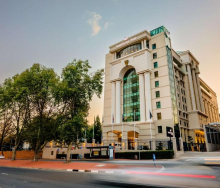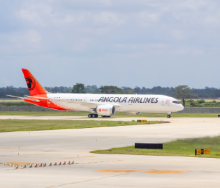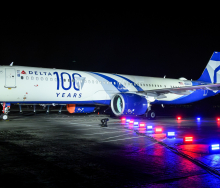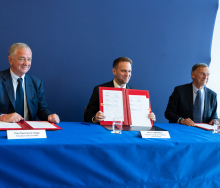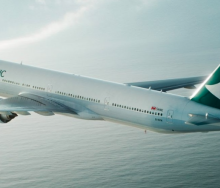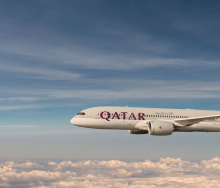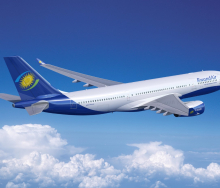Within the next 20 years, passengers could be flying between all regions of the UK on aircraft that emit no carbon emissions, according to a UK-based aviation consortium, who published the most comprehensive study to date on the potential of carbon-free domestic aviation by 2040.
The consortium is made up of three airports (London Heathrow, London City Airport, and Highland and Islands Airports Limited), three manufacturers (GKN Aerospace, Rolls-Royce, and Cranfield Aerospace), three academic institutions (University College London, Cranfield University, and University of Southampton) supported by Deloitte, and three airlines (easyJet, British Airways, and Loganair).
The findings reveal the potential of hydrogen-fuelled aircraft to revolutionise the future of flight. Hydrogen-fuelled aircraft concepts, developed by GKN Aerospace and Rolls-Royce as part of a trade study, indicate that aircraft carrying 40-90 passengers, flying up to 2 600km, could be deployed across the UK’s domestic route network and into Europe by the end of the next decade, based on a model developed by UCL.
The first hydrogen-fuelled flights, on small, modified aircraft, such as that in development by Cranfield Aerospace, could be possible by 2026, especially between the UK mainland and island communities.
London City Airport, whose operation is already heavily focused on regional flying, has the potential to operate an entirely zero-emission domestic network between 2035 and 2040.
By 2040, the UK’s only global hub airport, London Heathrow, could welcome 90-seat zero emission aircraft from airports around the UK, feeding intercontinental travel using the latest, sustainable aviation fuels.
Based on modelling by Cranfield University, the period between 2035 and 2040 is when larger airports will need to have in place the necessary on-site infrastructure to handle large quantities of liquid hydrogen, with an annual 68% increase in demand for green hydrogen anticipated.
By 2035, with delivery potentially made via the River Thames, London City may need storage facilities to accommodate a projected annual demand of 1 000 tonnes of hydrogen.
By 2040, with a potential annual demand of 90 000 tonnes, Heathrow will need to consider on-site hydrogen distribution networks and a potential liquefaction facility to avoid delivery by road.
The report says that, in total, the UK aviation sector might require as much as 300 000 tonnes of green hydrogen to meet future demand by 2040, which will increase further as more airlines switch to zero-emission aircraft.
“The goal of this project was to ascertain whether a carbon-free aviation system could be economically viable in the UK. The answer to that question is yes – it is possible and within our power to achieve,” says Cranfield Aerospace Solutions Chief Strategy Officer, Jenny Kavanagh.
“The transition to zero-carbon flying will take time, but it is a process which must start, and is starting, now. We in the consortium stand ready to work with Government, with industry, and with partners globally from all sectors so that we can meet the clear and present environmental challenge, continue to connect people and places, and position the UK at the vanguard of clean aviation.”

